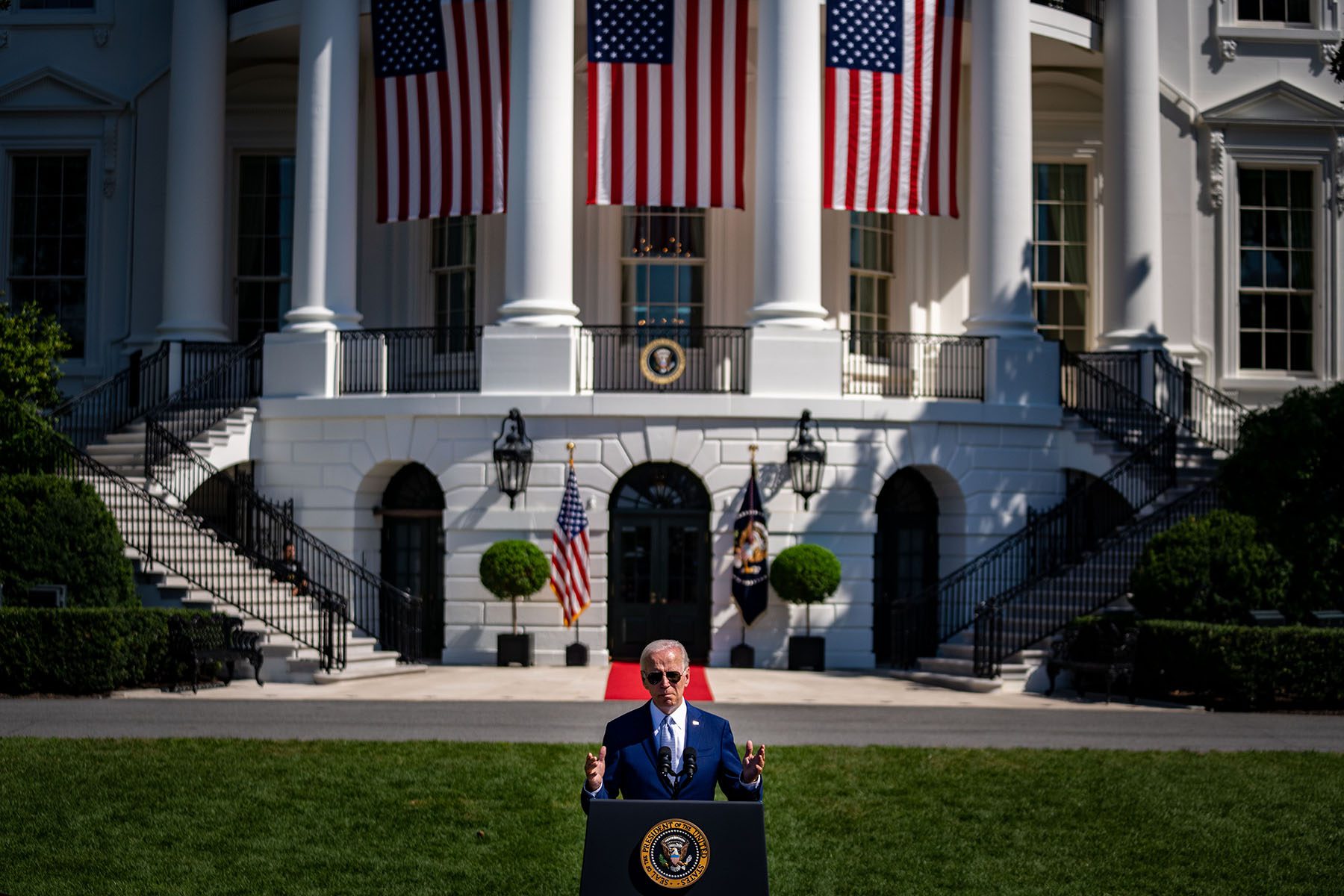Last year, about 6.2 million people participated in the Special Supplemental Nutrition Program for Women, Infants, and Children (WIC), the federal assistance service that aims to support the health and nutrition of low-income pregnant and breastfeeding people and children under the age of 5. WIC and other programs like it helped young families stave off hunger as prices rose and fallout from the COVID-19 pandemic left families on the economic margins.
WIC was just one of several crucial programs developed from a 1969 White House conference on hunger, nutrition and health held by President Richard Nixon. The gathering was the first conference of its kind, and it brought about expansions of the Supplemental Nutrition Assistance Program (SNAP), the National School Lunch Program and the School Breakfast Program.
After 53 years, President Joe Biden on Wednesday convened a second conference as the White House released its national strategy on hunger, nutrition and health that seeks to work across private and public sectors to address five key areas: improve food access and affordability, integrate nutrition and health, empower consumers to make and have healthy choices, support physical activity, and enhance nutrition and food security research.
Food insecurity disproportionately affects women and children, particularly in low-income and communities of color. Of the estimated 11 million single-parent households in the United States, about 80 percent are headed by single mothers, according to the U.S. Census Bureau. About 24.3 percent of households headed by single women in the country are food insecure, and 16.2 percent of those headed by single men are food insecure.
While programs like WIC and SNAP have helped women and young children over the last several decades, barriers remain for achieving food equity.
Many food-related challenges have also been exacerbated by the pandemic, when women of color faced high levels of job loss and school-age children were cut off from free school meals during closings. Inflation, which hit a 30-year high in March, has also hit families hard, leading to significant price hikes in groceries.
With all of this as the backdrop, the Biden administration’s efforts to promote new solutions through its national strategy and conference are particularly salient.
“This conference is engaging all sectors — the public sector, the private sector, community-based organizations — all around shifting the conversation from just getting food into people’s hands to also making sure that we get healthy food into people’s hands and that it is seen as a public health issue, rather than just an emergency food issue,” said Jason Wilson, vice president of marketing and development for the Partnership for a Healthier America, a nonprofit organization created in conjunction with former First Lady Michelle Obama’s “Let’s Move!” campaign.
As part of the White House’s five-pillar national strategy, the administration will seek to modernize federal assistance programs like WIC and ensure that more eligible people are able to access those services.
This includes expanding community outreach for potential improvements and diversifying the WIC workforce. The U.S. Department of Agriculture will also work with the Department of Health and Human Services (HHS) to help states identify individuals enrolled in one program who appear eligible for others but are not yet enrolled.
There are also technological updates in the works. While SNAP currently has options for online shopping, WIC does not, which the White House seeks to change by piloting online shopping in a handful of WIC state agencies.
“A lot of the programs that came out of the initial conference in 1969 haven’t been updated since then,” Wilson said. “A lot has changed in the last 50 years, including everything from how we shop, to where we shop, to what we look for when we shop.”
The results from the conference may not be immediate. For instance, Nixon held his hunger conference in 1969, but WIC was not piloted until 1972 and rolled out formally in 1974. A number of the initiatives in the new White House strategy will require support from Congress, such as the administration’s push to permanently extend the child tax credit expansion from last year. The conference comes about six weeks before midterm elections that could upset Democrats’ slim majorities in the Senate and House.
Wilson added that even with the more politically divided climate in Washington, D.C., he is hopeful the conference and national strategy will allow lawmakers to find some common ground to pass the proposals.







